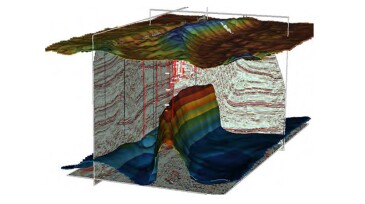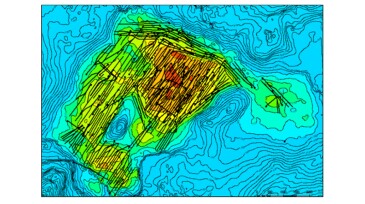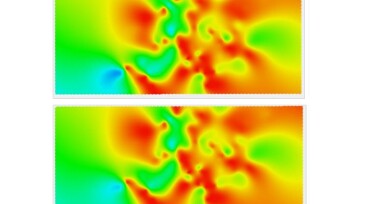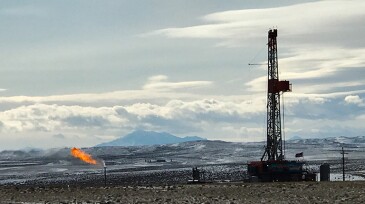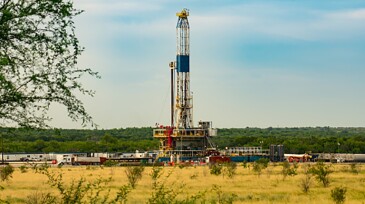Reservoir characterization
Data and impartial viewpoints can help de-risk exploration portfolios and keep resource estimates in check.
Geophysicist Markos Sourial discusses advances in seismic imaging, the challenges of modern data processing, and what they mean for the next wave of subsurface professionals.
This paper presents a novel methodology for assessing the rapid mineral carbonation of carbon dioxide through geochemical interactions with carbon-, magnesium-, and iron-rich minerals abundant in geological formations.
-
The coupled geomechanical and dynamic flow simulation work flow described in this paper relies on a multidisciplinary approach to meet future peak gas demands and support clean-energy initiatives.
-
In Part 1 of a series of articles, the author highlights candidate selection and problem clarification. This section describes how the success rate of solving conformance problems is improved by reducing assumptions and improving your problem understanding prior to executing a solution.
-
This paper presents the results of a comprehensive study performed to improve understanding of deep bottom-up water injection, which enabled optimizing the recovery of a heavy oil field in South Oman.
-
This paper presents an automated calibration process, probabilistic infill well ranking, and location optimization for a major heavy oil field in Colombia with original oil in place of more than 5 million STB.
-
Researchers are building a comprehensive database of hundreds of salt domes to help expand subsurface hydrogen storage in the US.
-
This article presents a new data-driven analysis to locate low-frequency seismic sources, referred to as near-infrasound or infrasound sources. Combining these infrasound signals with microseismicity signals allows for better characterization and monitoring of the stimulated reservoir volume.
-
SPE Data Science and Engineering Analytics Technical Director Silviu Livescu and SPE Reservoir Technical Director Rodolfo Camacho address some of the challenges in the application of data analytics, artificial intelligence, and machine learning to several reservoir engineering problems.
-
The authors of this paper introduce a physics-based method for explicit pore-pressure prediction in naturally fractured shale petroleum reservoirs.
-
The authors of this paper aim to identify the effect of various geologic controls on hydrocarbon maturation in the Delaware Basin by restoring regional cross sections and performing simulations of organic-matter maturity.
-
This work applies an appropriate transient-test theory to demonstrate the applicability of each diagnostic plot along with clearly defining the characteristic features that allow each plot to be considered “diagnostic.”




